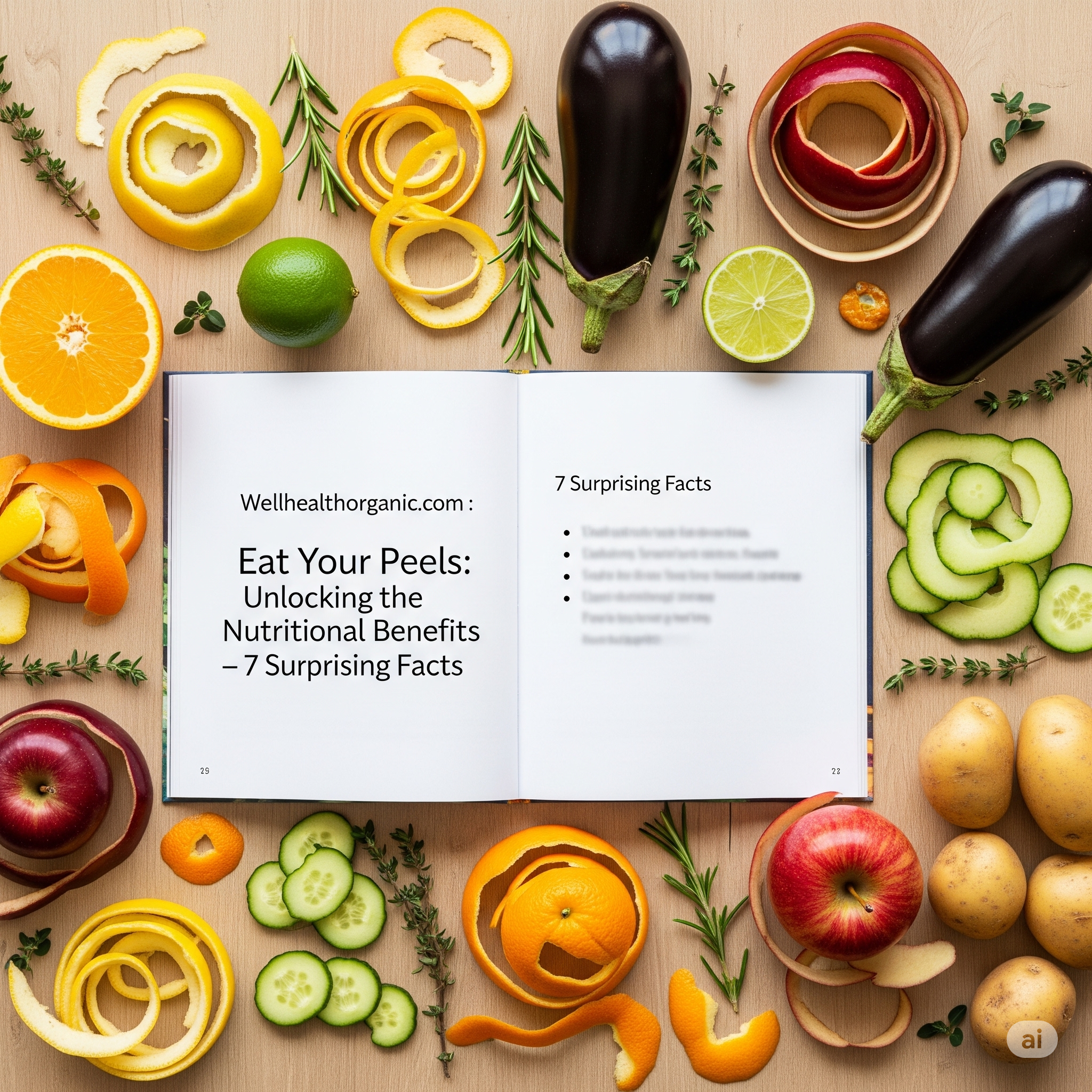Introduction—Why do you think more than eating peels
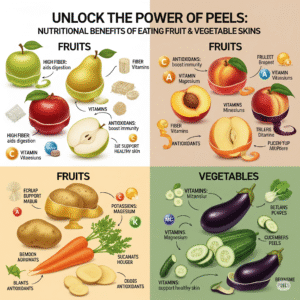
When most people prepare fruits and vegetables, the peel is often the first thing to go. We peel apples, remove potato skins, and leave the citrus rind without another idea. But what if I told you that these peels are nutritious goldmines? There is not only a bizarre health hack to eat yellow—it is a scientific way to achieve more nutrients, fight the disease, and even help the planet.
The peels are rich in fiber, antioxidants, vitamins, and minerals that are often found in the meat of yield. They can support digestion, improve heart health, and increase skin appearance. In addition, eating yellow is one of the simplest ways to reduce food waste and contribute to environmental stability.
Nutritional powerhouse
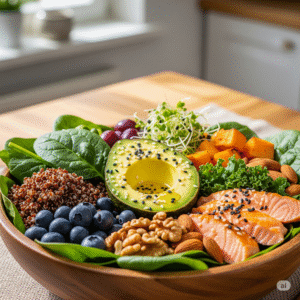
Fiber content and digestive health
Fruit and vegetable peels are some of the richest sources of dietary fiber. Plays an important role in fiber:
- Regular bowel movements
- Blood sugar levels
- Lose cholesterol
For example, apple peel contains a type of soluble fiber called pectin, which supports healthy intestine bacteria. Potatoes with their skins have almost double the fiber of peeled potatoes.
Antioxidants and their role in the prevention of disease
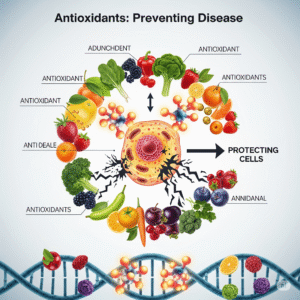
The peel is often loaded with polyphenols, flavonoids, and carotenoids—antioxidants that help neutralize harmful free radicals in the body. Are associated with these compounds:
- Low risk of heart disease
- Lower inflammation
- Improvement in brain health
For example, grape skins are rich in resveratrol, a compound known for its anti-aging and cardiovascular benefits.
Vitamins and minerals in peel
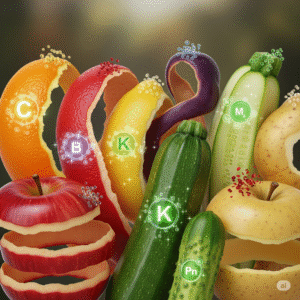
Many peels have higher concentrations of vitamins and minerals than food pulp:
- Vitamin C in citrus peel
- Potassium in banana skin
- Iron and calcium in potato skin
When you peel the skin, you not only lose rough texture—you are losing concentrated nutrition.
7 amazing facts about eating yellow
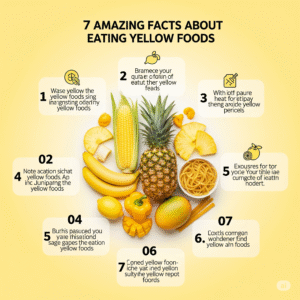
1. The peel contains more nutrients than meat
An orange peel contains three times more vitamin C than its juice. Similarly, cucumber skin contains much more vitamin K than the inner part.
2. Some peels have cancer-fighting compounds.
Tomato skin contains lycopene, which is a powerful antioxidant associated with low risks of prostate and breast cancer.
3. Peel can support healthy weight management
High fiber in the peel makes you feel full longer and helps to curb unnecessary snacking.
4. Peel can improve skin health
Compounds in mango skin help reduce acne-causing bacteria, while antioxidants in apple peels prevent skin damage.
5. Some peels promote heart health
Citrus peels contain flavonoids that reduce LDL (poor) cholesterol and improve blood circulation.
6. Peel helps reduce food waste
By eating peel, you contribute to reducing the 1.3 billion tons of global food waste produced directly each year.
7. The peel in cooking can be used creatively
From the peel of the candidate to the crisp of the potato skin, the possibilities are infinite. Even they can be mixed into smoothies for additional nutrition.
Misconceptions about common myth and peel eating
“The peels are dirty and insecure to eat.”
Truth: Most dirt and pesticide residues are removed by washing properly.
“The peel taste is bad.”
Truth: Cooking spices or combining them in dishes can improve taste.
“They cause stomach problems.”
Truth: Most people digest peels properly, unless they have specific digestive issues.
Best practice for safely preparing and eating peel
Pesticides
- To enjoy peels without harmful chemicals:
- Use a vegetable brush under flowing water.
- Soak the baking soda and water mixture for 15 minutes.
- Buy organic yield when possible.
Ways to cook to maintain nutrients
Some peels taste better and are more digestible when cooked:
- Bake potato skins for crispy snacks.
- Add citrus zest to the dessert.
- Blend apple peels in a smoothie.
Peel: You should avoid eating it, and why
- Toxic or hard-to-paste peel
Avocado skins—hard texture and bitter taste - Banana skins—food can be difficult to digest, but raw
- Mango skins—some people may have an allergic reaction
- Green Potato Skin – Solanin is a toxic compound
Delicious recipes using fruit and vegetable peels
Citrus zest dessert
Add cakes, cookies, or lemon or orange zest to natural taste and aroma.
Potato skin snacks
Bake potato skin with olive oil, cheese, and herbs for a crisp, nutrient-rich treat.
Apple Peel Tea
Naturally sweet, antioxidant-rich tea with cinnamon and honey peels.
Environmental benefits of peel eating
- By consuming peels, you
- Reduce food waste
- Save energy and resources used in food production
- Contribute to a more durable planet
Questions to ask
1. Are all fruit and vegetable peels safe for eating?
No, some peels, such as avocado and green potatoes, can be harmful. Always check the security guidelines for each fruit or vegetable.
2. How can I make the peel taste better?
Spices, cooking, or mixing in dishes can make the peels more tasty.
3. Do peels lose nutrients while cooking?
Some nutrients may be lost with heat, but some antioxidants can also become more bioavailable by cooking.
4. Is it better to eat organic peels?
Yes. Organic yield has low pesticide residues, which makes it safe to consume the peel.
5. Can food peels help to lose weight?
Yes. Fiber in the peel helps to increase satisfaction and reduce calorie intake.
6. If I want to use them later, how should I store the peel?
For later use in cuisine or tea, freeze clean peels in airtight bags.
Conclusion: Short habit, large health award
Eating yellow is one of the easiest, cheapest, and most effective methods to promote nutrition, fight disease, and help the environment. With proper washing and preparation, peels can be a delicious and safe part of your diet. Next time you are about to peel in the garbage, remember—you can throw some healthy parts of your food.
